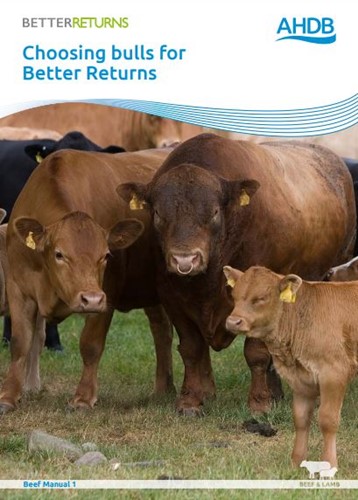Ed joined the Signet team in September 2019, once he had got Kelso ram sales out of the way!
He has a degree in Agriculture from Newcastle University and a massive interest in genetics and performance recording.
The family farm in Lincolnshire has pedigree Hampshire Down and Lleyn flocks, as well as commercial sheep and cattle.


